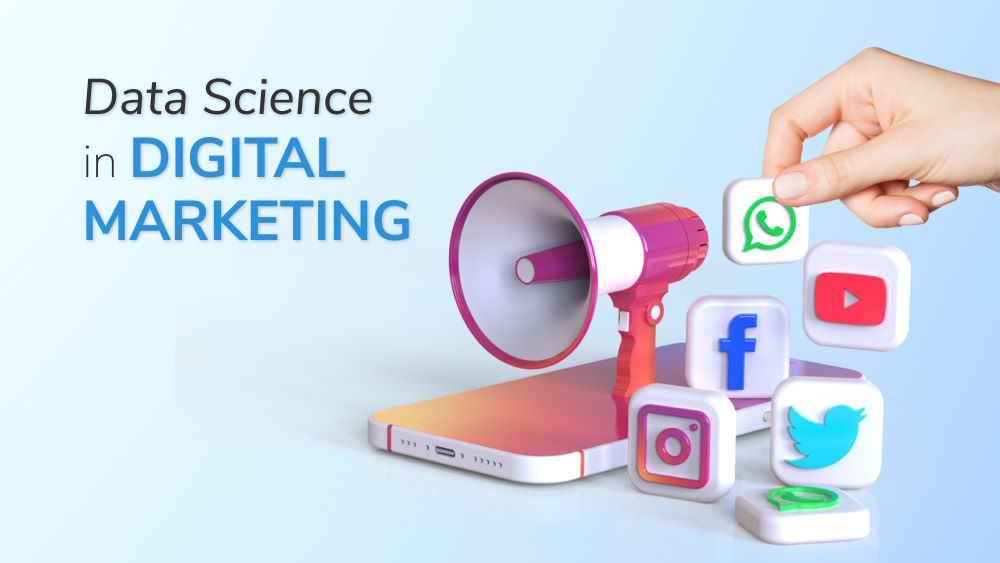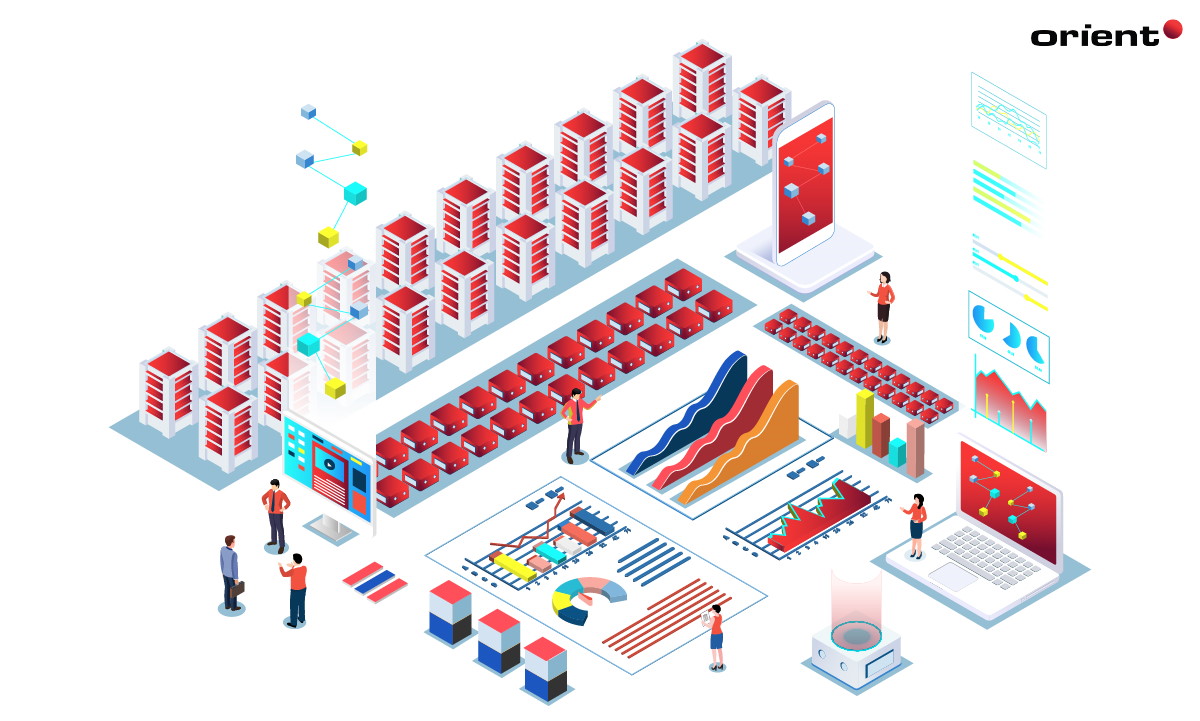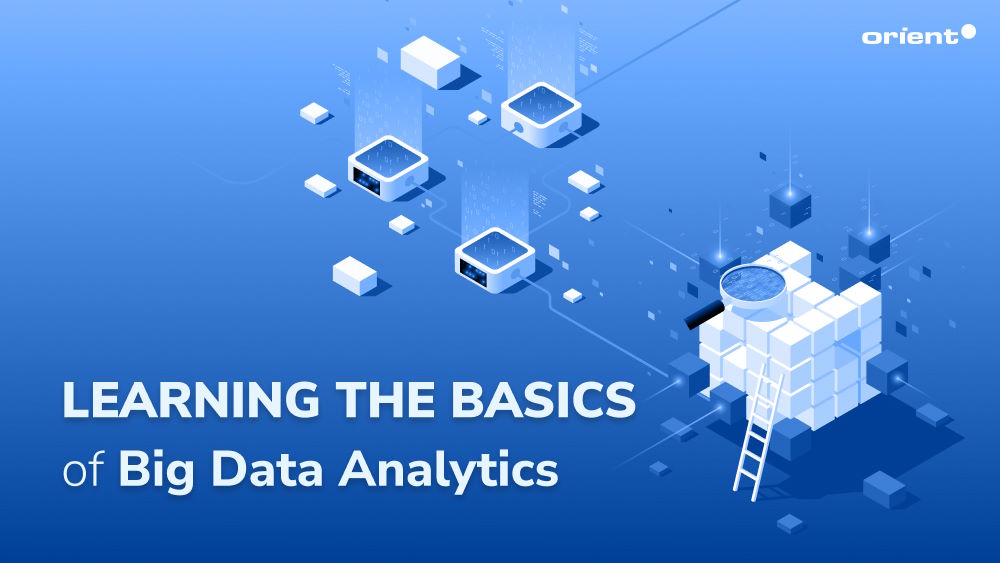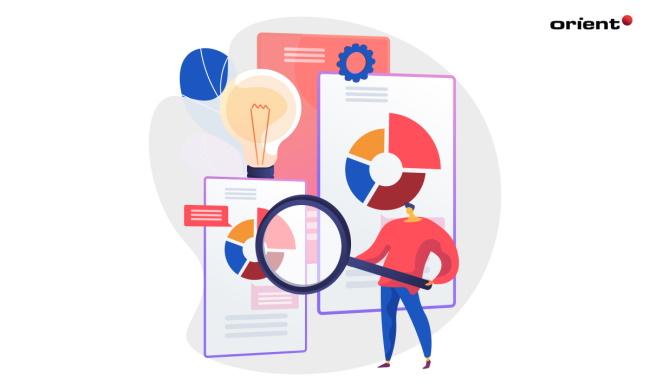The Future of Data Analytics: Top 8 Upcoming Trends
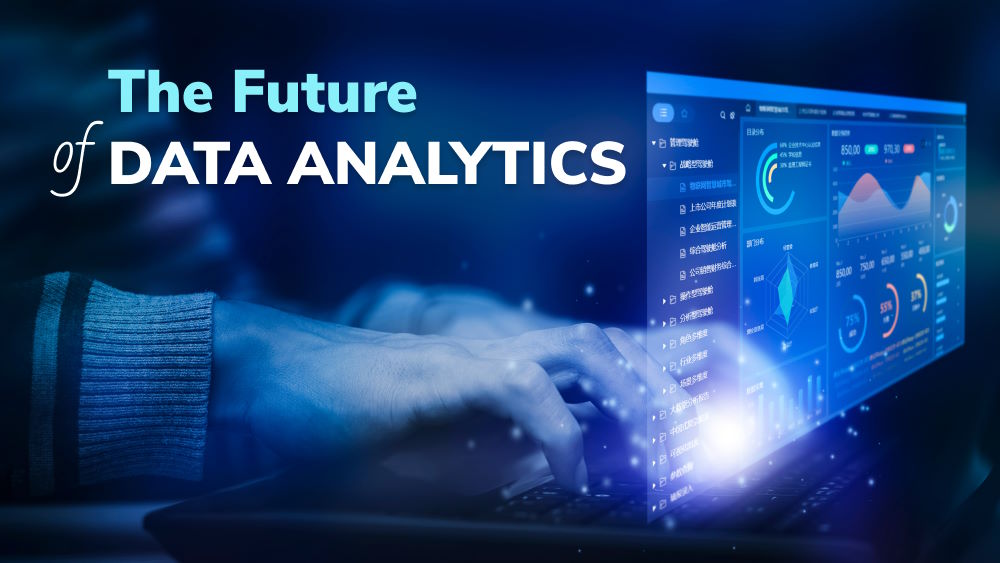
Content Map
More chaptersAs the field of data analytics continues to evolve, so do the trends that shape it. Businesses need to be aware of the latest and most significant trends in data analytics to stay ahead of the curve. In this post, we’ll take a look at eight predictions on the future of data analytics that businesses should watch out for in the upcoming time.
A Brief Recap of Data Analytics
This term refers to the process of examining data sets in order to draw conclusions about them. This can include analyzing how particular data sets are related to each other, identifying patterns within them, or discovering trends. Data analytics can be used for a wide range of purposes, such as improving business operations, understanding customer behavior, detecting fraudulent activity, etc.
There are a number of different tools and techniques that can be used for data analytics. Some of the most common include statistical analysis, machine learning, and data mining.
- Statistical Analysis: It is the process of using mathematical methods to analyze data. This can be used to identify patterns or trends in the data set.
- Machine Learning: This is a method of teaching computers to learn from data sets on their own. This can be used to identify patterns or trends that are too complex or time-consuming for humans to do.
- Data Mining: The process is responsible for extracting information from large data sets. This can be used to identify relationships between data sets or to find patterns in the data.
The Importance of Data Analytics
The vital role of data analytics cannot be overstated but should not be overlooked as well. Businesses that fail to use data analytics are at a disadvantage, while those that embrace it can gain a significant edge. Here are some reasons why data analytics is critical to any business:
- Improving Decision-making: Data analytics can help businesses better understand their customers competitively and make more informed decisions. For example, data analytics can help a business understand how much traffic a new product is getting on its website and how it is performing compared to similar products.
- Optimizing Operations: By analyzing data, businesses can identify inefficiencies in their operations and correct them. This can lead to decreased costs and increased profits.
- Enhancing Products and Services: Data analytics can help businesses improve the products and services they offer by better understanding customer needs and preferences. This can lead to increased sales and market share.
- Improving Marketing Efforts: Data analytics can help businesses better target their marketing efforts by understanding prospective customers, what they want, and how best to reach them.
- Enhancing Security: By analyzing data, businesses can better understand where their vulnerabilities are and take steps to protect themselves against attacks.
- Generating New Insights: The vast amounts of data that businesses collect can be analyzed in many different ways to generate new insights that can help improve business performance.
- Facilitating Innovation: By understanding how customers interact with their products and services, businesses can identify new areas for innovation.
- Improving Customer Service: By understanding customer needs and preferences, businesses can provide better customer service, which can lead to increased loyalty and revenue.
- Reducing Costs: By improving efficiency and targeting marketing efforts, businesses can reduce the amount of money they spend on these activities.
- Supporting Strategic Planning: Data analytics can help businesses develop long-term plans by understanding their customers, the market, and the competitive landscape.
The benefits listed above are only a few of the ways that data analytics can help businesses. When used correctly, data analytics can provide businesses with a competitive edge and help them achieve their goals.
8 Predictions on the Future of Data Analytics
In the world of data analytics, there is always something new on the horizon. As technology advances and our understanding of data grows, so does our ability to use data to improve our businesses and lives. Let’s predict what will rise in the future of data analytics:
The Integration of Artificial Intelligence
AI (Artificial intelligence) is playing a critical role in data analytics already, and its impact is only going to grow. AI can be used to automate data analysis processes that are currently done by human analysts (such as data entry and cleaning, analysis, and reporting), identify trends and patterns, and make recommendations for actions based on the analysis.
With AI in place, businesses can take advantage of data analytics in ways that were not possible before. In the future, AI will become better at understanding data and making more responsible decisions. It will also be able to scale to handle larger datasets. This will allow businesses to rely on AI for important decisions and tasks that require a lot of data processing.
Moreover, the use of machine learning in data analytics is on the rise because it allows businesses to automate the process of data analysis. This can save companies of different sizes a lot of time and money. Machine learning is also useful for businesses that want to make predictions on upcoming trends. In the coming years, machine learning will become even better at understanding data and making predictions. As a result, it will play an even bigger role in data analytics.
Increased Adoption of Business Intelligence and Data Visualization in Business Analytics
The term business intelligence (BI) refers to the process of collecting, organizing, and analyzing business data to help businesses make better decisions. Data visualization is the process of representing all the data in a visual format so that it is easier to understand.
Business intelligence and data visualization are two important aspects of data analytics, and they can support each other well in overall business analytics. This makes it easier for companies to understand data and make better decisions. Therefore, it will be a huge mistake if we forget to mention business intelligence and data visualization when talking about the future of data analytics. Recent years have seen a huge increase in the use of BI and data visualization tools in businesses for various purposes, including marketing, finance, and operations. And this growing trend is only going to continue in the future.
Increased Use of Streaming Data in Big Data Analytics
Streaming data is constantly being generated and updated from multiple sources. For example, the data generated by sensors and devices connected to the Internet of Things (IoT) is streaming data. The use of streaming data in big data analytics is on the rise because it allows businesses to make decisions in real-time. This is important for businesses that need to respond quickly to changes in the market. Streaming data is also useful for businesses that want to analyze data as it is being generated. This permits them to detect patterns and trends that may not be detectable with static data. As the use of streaming data increases, big data analytics will become even more critical for businesses.
The Rise of Hybrid Cloud Solutions and Cloud Computing
In the field of data science, businesses will increasingly rely on hybrid cloud solutions and cloud computing. Cloud computing and hybrid cloud solutions are growing in popularity because they offer companies many benefits, such as reduced costs, scalability, flexibility, and increased efficiency.
For your information, cloud computing is the ability to access information and applications over the Internet. This enables businesses to reduce their costs by leveraging shared resources. Hybrid cloud solutions are a combination of public and private cloud solutions, which gives businesses the best of both worlds. They can take advantage of the scalability and flexibility of the public cloud while keeping their sensitive data on a private cloud. The popularity of cloud computing and hybrid cloud solutions is only going to increase in the future, so businesses should start preparing for it now.
Data Fabric Becomes the Key to Data Governance
Data fabric is a platform that allows businesses to manage their data more effectively. It provides businesses with a single view of all their data, which makes it easier to track and control. Data fabric also helps companies to comply with regulations by providing them with a centralized location for all their data. In the future, data fabric will become even more important for businesses as they strive to become more efficient and compliant.
Augmented Analytics will Revolutionize Data Analysis
Augmented analytics is a type of AI that helps businesses to make better decisions by automating the process of data analysis and leveraging machine learning to understand data and make predictions on future trends. Augmented analytics is on the rise because it allows businesses to get insights from their data faster and more efficiently. In the future, augmented analytics will become even more popular as companies strive to keep up with the ever-changing landscape of data.
Shortage of Data Scientists
As we can see, data science is in high demand, and the shortage of data scientists is soon becoming a concern. This is because data science is a field that requires a unique blend of skills, including programming, statistics, and analytics. Since more and more organizations realize the importance of data science and are beginning to invest in it, the demand for data scientists is increasing as a result. Similar to the shortage of software engineers, the lack of data scientists is going to create a skills gap and a lot of challenges for companies in the near future. And unfortunately, it is going to get worse. Businesses should start investing in data science education and training programs to prepare for this.
Conclusion

The future of data analytics looks promising so far with so many new and innovative technologies that are changing the landscape of the industry, but it is also hard to say anything for sure. By outlining eight predictions on the future of data analytics, we aimed to provide a glimpse into what could be in store. We believe that businesses should start preparing for these changes now so they can stay ahead of the competition.



